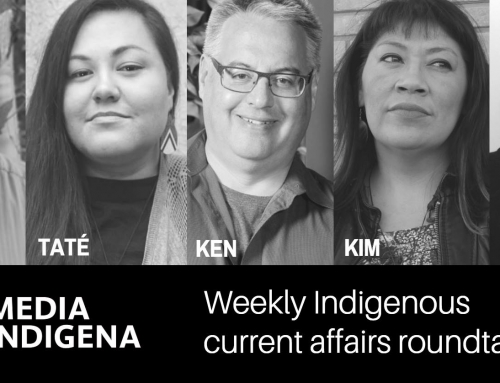Yesterday at the DCI National Tribal Enrollment Conference, several tribal enrollment department staff members told us about individuals attempting to apply for tribal membership using genetic ancestry test results as documentary proof of their right to be enrolled. In my forthcoming book I speculate that this phenomenon might arise. It is here. There are two widespread educational deficiencies that lead to this problem: 1) the lack of understanding of genetics by most people; and 2) the equal dearth of knowledge by most people of the particularities of U.S. tribal sovereignty, 20th century tribal migratory history, and tribal rights to determine their own enrollment or citizenship criteria. Until these gaps are addressed, tribes will continue to be approached by individuals with genetic ancestry test results in hand. In responding to such requests and applications, and perhaps in revising enrollment ordinances to expressly address ancestry tests, there are resources out there that might be of use. First of all, tribal enrollment officers will want to get a basic handle on the genetics at play in genetic ancestry testing. It will then be clear how the forms of biological relatedness documented by genetic ancestry mtDNA, Y-chromosome, and autosomal analyses are not the same forms of biological relatedness with which tribal enrollment offices are concerned. Genetic ancestry test findings are simply incommensurable with the biological relationships that tribes care about, i.e. documenting an applicant’s close biological relationship to an individual who is/was already on the tribal rolls, or to individuals who were on the tribe’s “base rolls.” (As such, tribes increasingly use DNA parentage tests in concert with other documentation.) But genetic ancestry tests document the fact that a test taker is descended from unnamed “founding ancestors” who first settled the Americas. Such genetic information is interesting, but ultimately irrelevant from a tribal enrollment point of view.
See Bolnick et al’s The Science and Business of Genetic Ancestry Testing for a bit on the science and its limitations generally.
See Royal et al’s Inferring Genetic Ancestry: Opportunities, Challenges, and Implications for more background on genetic ancestry testing companies.
See my chapter, DNA and Native American Identity, published last year in a National Museum of the American Indian Anthology, indivisible: African-Native American Lives in the Americas, ed. Gabrielle Tayac. Washington, D.C.: Smithsonian, 2009.

